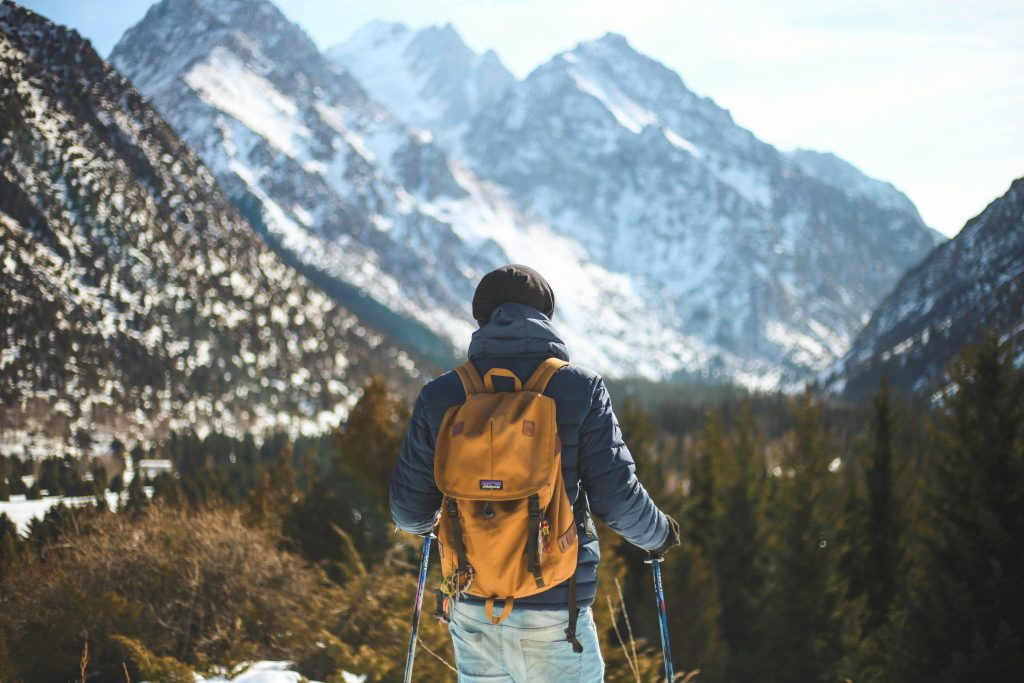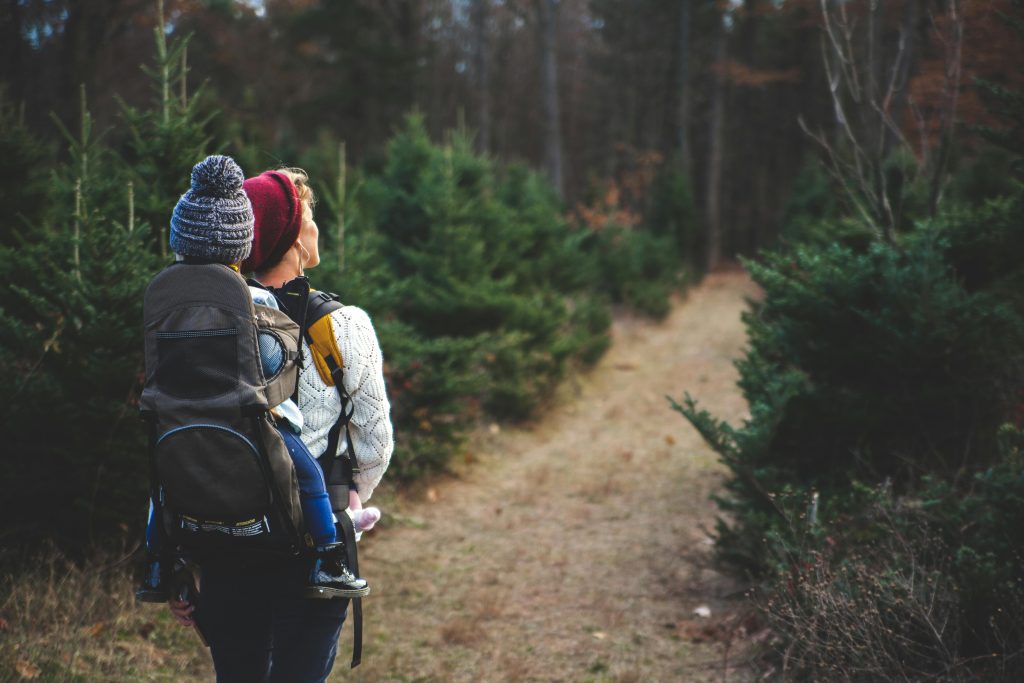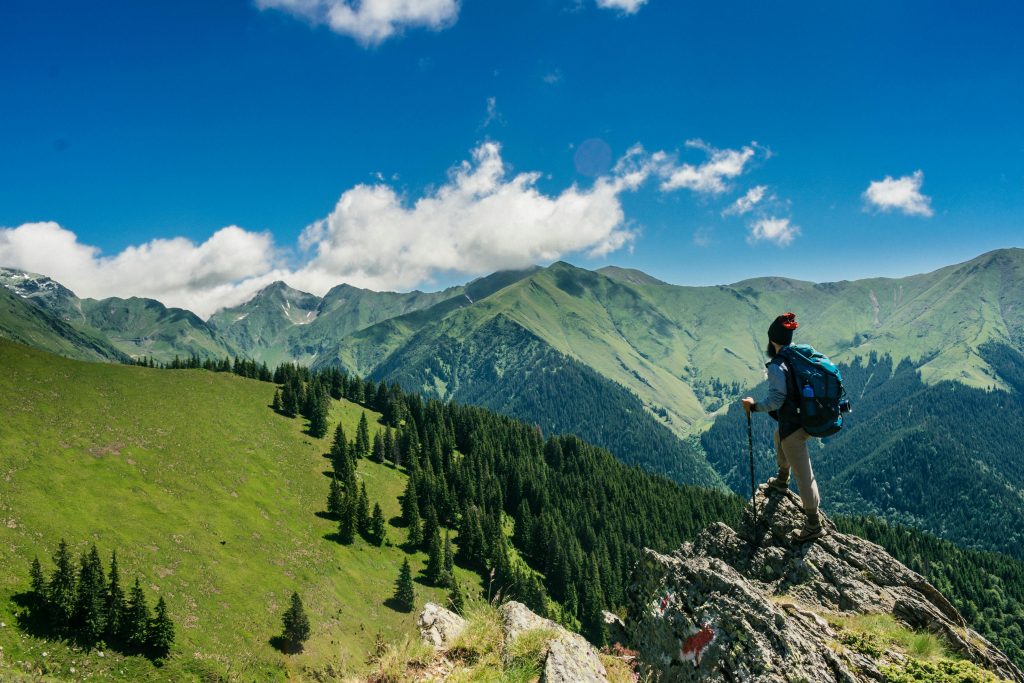Hiking is an incredible way to connect with nature and to enjoy its awesome views. Also, hiking is a way of relieving stress and fostering family bonding.
But to have a safe and enjoyable hiking experience, knowing what to bring on the journey is important.
The right gear can make the difference between a fun journey and a challenging struggle.
Imagine reaching a beautiful mountain peak only to realize you forgot water or a jacket. Small mistakes like these can turn a great hike into an uncomfortable experience. That’s why having the right essentials like the perfect hiking boot, a well-packed backpack, and enough snacks—is so important.
This guide will help you understand exactly what to bring on a hike, whether you’re going for a short trail or a multi-day trek. With the right preparation, you can focus on the beauty around you, stay safe, and make unforgettable memories. Let’s get started!
Essential Items to Bring On A Hike Trip
This part of the content explains in detail some of the most important things to bring on a hike adventure. Bringing all the listed items here will guarantee a perfect and memorable hiking experience.

1. Proper Hiking Gear
The first way to guarantee Comfort during a hike starts with the right gear. One of the gear is a backpack.
A well-fitted backpack distributes weight evenly, making long walks easier. Choose a lightweight yet durable one with adjustable straps and multiple compartments.
With the multiple compartments, you will have more rooms to keep some other essential things.
The second important gear you need for your perfect hiking experience is nice footwear.
Depending on the type of hike you are going, there is always a boot type you should go for. Some boot types aren't so good for slippery areas while some are.
Check out our hike gears category to know more about this.
Another important gear to include is a pair of moisture-wicking socks to prevent blisters.
Also, make sure you wear breathable, moisture-wicking clothing. Layers work best, allowing you to adjust to changing temperatures.
With these gears in check, your hike can't go wrong.
2. Navigation Tools
One of the important things to bring on a hike trip is a navigation tool.
Even if you’re hiking a familiar trail, navigation tools are essential. Trails can change due to weather or fallen trees, and getting lost is never fun.
It's always advisable to have a map that can be accessed even if technology fails.
A printed trail guide with important landmarks is another great backup. Knowing what to bring on a hike includes being prepared for unexpected detours.
Read More
Comfort And Durability With Keen Hiking Boots

3. Food and Water
You don't want to cut short your hike adventure because you are hungry or thirsty. That's why you should have food and water with you.
You can have some non-perishable snacks packed in your bag and a water pack also.
Staying energized and hydrated is key to enjoying your hike. Bring more water than you think you’ll need.
4. First Aid Kit
We know you didn't plan to have any Injuries but a lot can happen, even on an easy trail.
That's why a first aid kit is so essential.
A well-stocked first aid kit is a non-negotiable item. At a minimum, it should include:
- Bandages and gauze for cuts or blisters
- Antiseptic wipes and antibiotic ointment
- Pain relievers like ibuprofen
- Tweezers for splinters or insect stings
- Any personal medications
Even minor injuries can become a big problem if left untreated. Being prepared ensures small issues don’t turn into major setbacks.
5. Weather Protection
Weather can change in an instant, especially in the mountains. Protect yourself from the elements with:
- Sunscreen to prevent sunburn, even on cloudy days
- Sunglasses with UV protection
- A wide-brimmed hat or cap for shade
- Rain jacket or poncho in case of unexpected rain
- Extra layers for cold temperatures
Unpredicted rain or too much Sun can spoil the adventure you planned if you don't have all these things with you.
With these things, you can enjoy your hike even if the unexpected happens.
6. Emergency and Survival Gear
Survival gears are so important when going for a hike.
It's always advisable to have your survival gear intact incase of emergency and for safety purposes.
Some key survival essentials include:
- Flashlight or headlamp (with extra batteries) for late hikes or unexpected delays
- Multi-tool or knife for cutting, repairs, or food prep
- Whistle to signal for help if needed
- Fire-starting materials like waterproof matches or a lighter for warmth and emergency cooking
You might not really need these and I'm praying you won't be needing them also but it's better having them than not.
7. Personal and Extra Essentials
There are also some items you might need to make your hiking experience more enjoyable. These items are actually optional but if you want to enjoy your hiking, have them
Consider packing:
- Trekking poles for added stability on rough terrain
- Trash bags to follow Leave No Trace principles and keep nature clean
- Camera or phone for capturing memories
- Lightweight blanket for sitting comfortably during breaks
Every hiker’s needs are different, but these extras can enhance your adventure while ensuring you respect nature.
Tips for Packing Smartly

Yes, we are telling you to pack some things for your hiking but where do you draw the line?
You don't want to have too much or too little, so let's check out some tips to help you pack.
1. Pack Light but Smart
Every item in your backpack should serve a purpose. Avoid carrying unnecessary things that add weight. Stick to the essentials like water, snacks, navigation tools, and a first aid kit. If you're unsure about an item, ask yourself: "Will I really need this?" If not, leave it behind.
2. Distribute Weight Evenly
Proper weight distribution prevents back and shoulder strain. Heavier items, like water and food, should go in the center of your backpack, close to your back. Lighter items, such as a jacket or snacks, can go toward the top. Keep frequently used items in easily accessible pockets.
3. Use Waterproof and Lightweight Materials
A sudden downpour can soak your gear and make your hike miserable. Use a waterproof backpack or pack a rain cover. Store electronics, extra clothes, and food in waterproof bags to keep them dry.
4. Organize for Easy Access
Digging through a messy backpack every time you need something is frustrating. Use small pouches or ziplock bags to group similar items. Keep essentials like maps, a flashlight, and snacks in side pockets or at the top of your bag for quick access.
5. Test Your Pack Before the Hike
Before heading out, wear your packed backpack and walk around for a few minutes. If it feels too heavy or uncomfortable, adjust the straps or remove unnecessary items. A well-packed bag ensures you stay comfortable throughout your hike.
Conclusion
Now we have explored what to bring to a hike trip in detail.
By packing smartly, you reduce unnecessary weight while keeping essential items within reach. Proper organization not only makes hiking easier but also allows you to focus on the beauty of your surroundings rather than struggling with a heavy backpack.
Whether you're a beginner or an experienced hiker, preparation is key. A well-thought-out packing list, combined with smart packing techniques, can turn any hike into an enjoyable adventure. Now that you know what to bring on a hike, you can confidently hit the trails and make unforgettable memories.
Happy hiking, and always remember—stay prepared, stay safe, and enjoy every step of the journey
